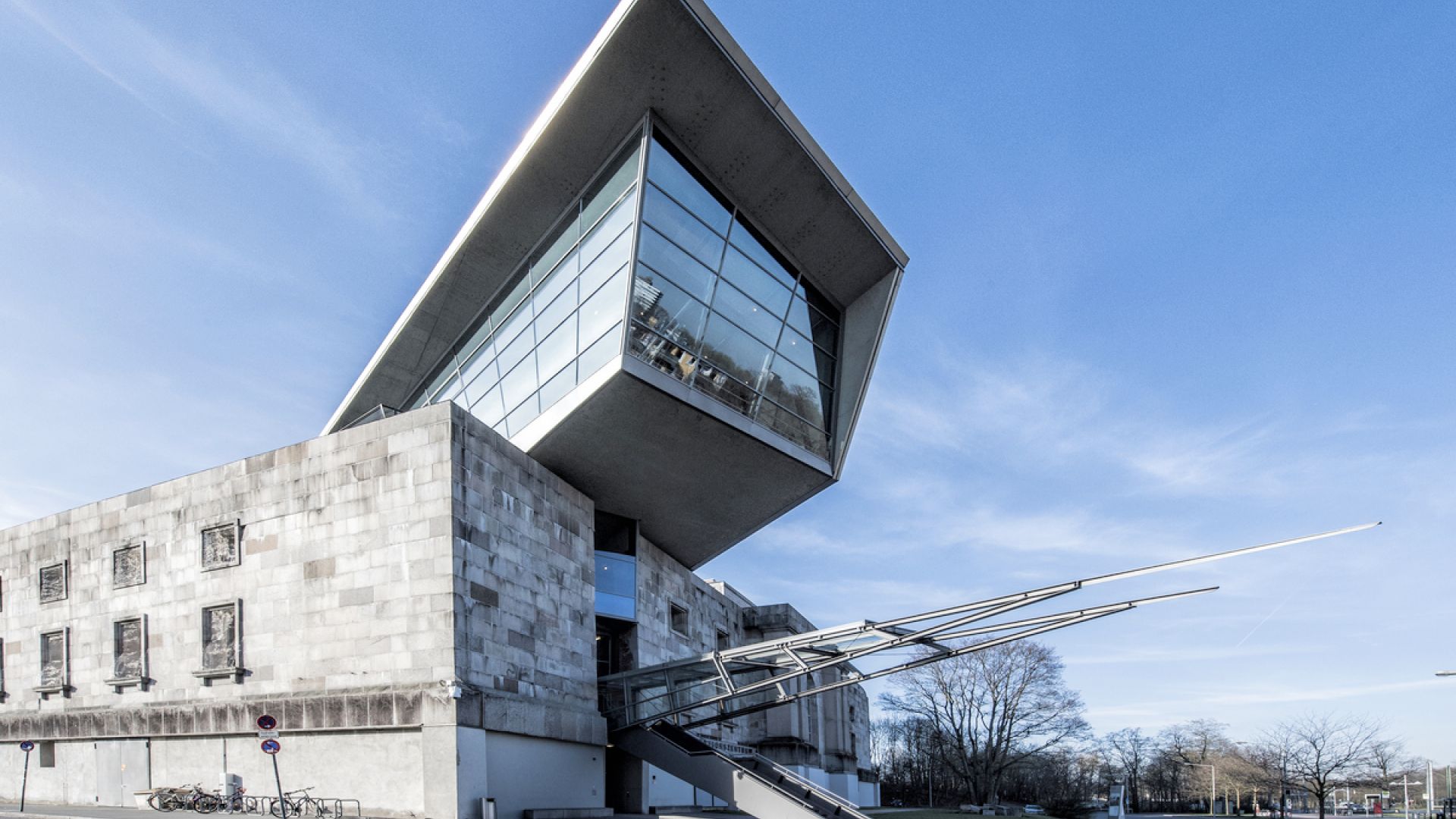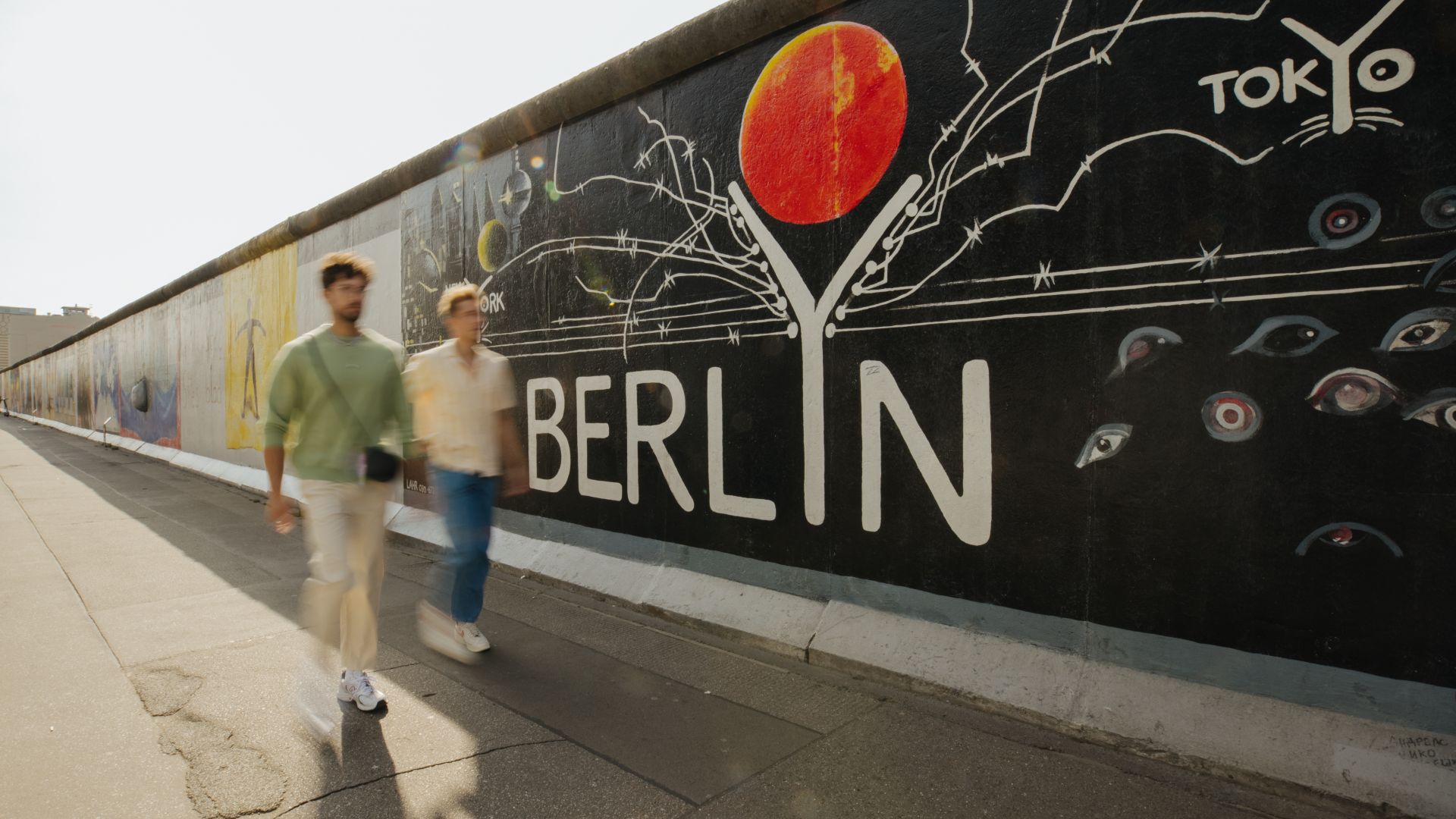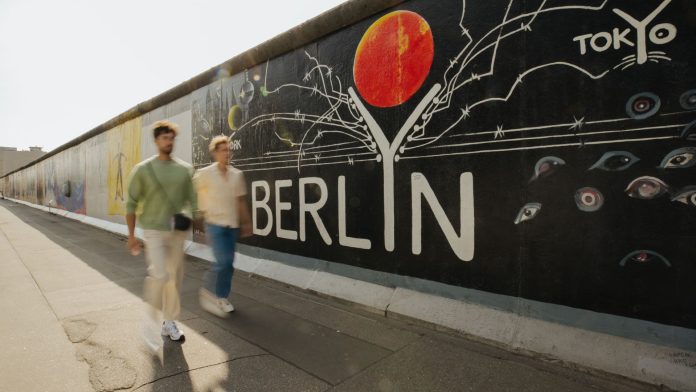[ad_1]
Everything without a small amount of money is still in high demand: the high number of visitors to special museums and memorial sites proves that there is a great interest in information about crimes the brutal laws of the National Socialists and the unjust regime of the GDR.
Documentation Center Nazi Party Rally Grounds: Monumental Nazi Buildings
The megalomania of the National Socialists is nowhere more evident than on the grounds of the Nazi party over ten square kilometers southeast of Nuremberg. The motto at the time: Everything should look important, powerful, impressive – like the Zeppelin Field, the Zeppelin Grandstand and the very long parade route where hundreds of thousands were always applaud Hitler’s propaganda show in the 1930s. Under the direction of Albert Speer (Hitler’s architect and munitions expert for the Nazi regime), even more outrageous things were planned, such as the world’s largest stadium with 405,000 spectators It didn’t go that far, and the congress hall was “only” 39 and planned to be 72 meters high. Since 2001, the documentation center is located on the north side of the building completed neoclassical XXL. With the “arrow made of glass and steel” he makes a statement that is visible from the outside. Inside, until renovation work begins in 2021, there is a permanent exhibition dealing with the causes, connections and consequences of Nazi oppression. The old long-term exhibition is now being replaced by a temporary exhibition in the main exhibition hall. After a major renovation and expansion, which is expected to be completed in 2025, the focus will be on topics related to Nuremberg, including the “Nuremberg Laws” of 1935, the “Nuremberg Trial” against those most responsible for the crimes of Nazis. and how to deal with the National Socialist architectural legacy. There are boards in the area itself that provide information about the history of each area.

Nuremberg: Nazi Party Rally Grounds Documentation Center
©GNTB (Florian Trykowski)
Memorial Museum in the “Round Corner”: Details of the daily life of the Stasi
Leipzig played an important role in the “Peaceful Revolution,” which resulted in the collapse of the GDR. In the fall of 1989, brave citizens gathered for the Monday demonstrations not only in front of the Church of St. Nicholas, but also in front of the building where the regional administration of the Ministry of State Security (Stasi) had its headquarters for 40. years. Just a few months later, the Stasi was history! And it didn’t take long until the museum was established in “Round Corner,” as the beautiful house was called in reference to its architectural style. The permanent exhibition “Stasi – Power and Banality”, which has remained unchanged for more than thirty years, makes it clear that the activities inside the house were very good – with many and unique displays the history, nature and working methods of the impersonal. Secret service of the GDR. A prison cell can also be seen. Much of the environment has been preserved throughout so visitors can see, smell and feel the “working atmosphere” of the past. Throughout the museum, which is part of the cultural heritage of Europe “Iron Curtain” since 2012, there are linoleum floors, yellow-brown wallpaper, metal scissors on doors and windows, cable ducts and radiators the old ones.
Remembrance of the Berlin Wall: From the building of the wall to its fall
No other building symbolizes the division and reunification of Germany as strongly as the wall, which was built in 1961 and fell in 1989 and runs through the heart of the divided city. While its longest remaining section presents colorful open-air paintings in the style of the East Side Gallery on the Spree, the memorial on Bernauer Strasse to the north is dedicated to documenting the dark history of the Wall – mostly- hall many tragedies have occurred. border between Berlin-Mitte and Wedding. There were 132 people who died in this area alone, including people who jumped out of their windows in East Berlin which was closed to the free West. This and more are included in the permanent exhibition “1961 | 1989. The Berlin Wall” in the documentary center which opened in 2010. There are other stations around the 1.4 km memorial area near The first border crossing. Namely, explaining the visitor center: the first border crossings, the Chapel of Reconciliation, the “Window of Remembrance” commemoration of the “Wall Dead”, the border house, the exhibition at the neighboring station Nordbahnhof S -Bahn as well as the national memorial to the victims of the construction of the Wall and the division of Germany. An 80-meter long section of the border was closed with two six-meter high steel walls, and there are gaps in viewing that allows a view of the fabric of death.

Berlin: Couple on the Berlin Wall
© GNTB (Julia Nimke)
Topography of Terror in Berlin: Critical Documentation of Nazi Crimes
The horrors of the Third Reich were directed at a site near the Martin Gropius Building. The command centers of the State Secret Police (Gestapo), the Reich SS Command, the SS Security Service (SD) and the Reich Security Main Office were located between Stresemannstrasse and Wilhelmstrasse. To get an overview, we recommend visiting the sites first. Audio guides and information desks with photos, documents and 3D renderings provide an overview of the site, which includes one of the last sections of the wall that worked there in 28 years, and its history. The documentation center, which opened in 2010, provides more in-depth information. A permanent exhibition in a large, gray cuboid examines the question of how bourgeois Germany in the 1920s could become a powerful totalitarian state. Five thematic areas inform visitors – using display boards and large photographs, but also through recent radio reports – about the seizure of power and the Nazi terrorist organizations, the work of SS, and systematic persecution and destruction. Then things become stressful in the prison of the Gestapo headquarters, especially when you find out that 38 cells contain politicians like Kurt Schumacher (SPD) and Ernst Thälmann (KPD) or the lawyer Helmuth James Graf von Moltke, the founder of the opposition group. The district of Kreisau suffered.
[ad_2]




